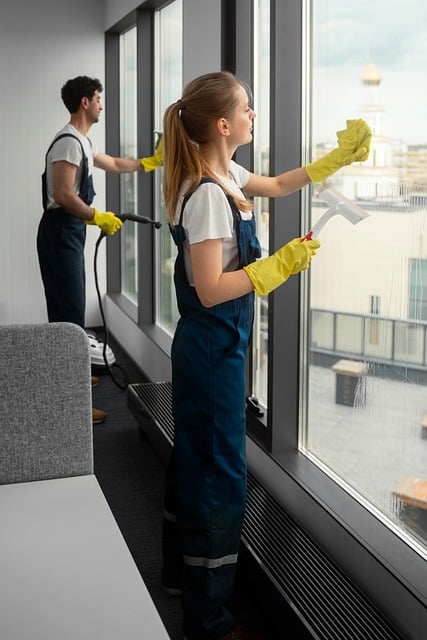Redefining Home Living: Smart Tech, Flexible Design, and DIY Are Shaping Tomorrow’s Homes
Smart integration, flexible furniture and accessible fabrication tools are converging to redefine how Americans live at home. This article examines the practical trends—smart home integration, space‑saving design, advanced materials, and the maker movement—that together form the roadmap for future home design trends.
The landscape of residential design continues to evolve rapidly, driven by technological advances and shifting lifestyle preferences. Contemporary homeowners seek spaces that adapt to multiple functions while incorporating cutting-edge innovations that enhance daily living experiences.
How Flexible Furniture Transforms Living Spaces
Flexible furniture represents a fundamental shift in how we approach interior design and space utilization. Modular seating systems, expandable dining tables, and multi-functional storage solutions allow homeowners to reconfigure their environments based on immediate needs. Murphy beds integrated with desk systems maximize small apartments, while sectional sofas with removable components accommodate both intimate gatherings and large entertaining events. Wall-mounted folding tables serve as workspace during the day and disappear completely when not needed, creating seamless transitions between different room functions.
What Smart Home Integration Means for Modern Living
Smart home integration encompasses interconnected devices and systems that automate and optimize household operations. Voice-activated lighting controls, programmable thermostats, and security systems that sync with smartphones provide unprecedented convenience and energy efficiency. Advanced home automation platforms learn user preferences and adjust environmental conditions automatically, reducing energy consumption while maintaining optimal comfort levels. Integration extends beyond individual devices to create cohesive ecosystems where appliances, entertainment systems, and security features communicate seamlessly.
Advanced Materials Revolutionizing Home Construction
Advanced materials are reshaping both aesthetic possibilities and functional performance in residential construction. Self-healing concrete reduces maintenance requirements, while aerogel insulation provides superior thermal performance in minimal thickness. Smart glass technology allows windows to transition from transparent to opaque on command, offering privacy control and energy management. Recycled composite materials combine environmental responsibility with enhanced durability, creating surfaces that resist moisture, scratches, and UV damage better than traditional options.
| Product Category | Provider | Cost Estimation |
|---|---|---|
| Modular Furniture Systems | IKEA | $500-$3,000 |
| Smart Home Hubs | Amazon/Google | $100-$300 |
| Advanced Insulation Materials | Aspen Aerogels | $2-$8 per sq ft |
| Smart Glass Windows | View Inc. | $50-$100 per sq ft |
| Self-Healing Concrete | Basilisk | $25-$40 per sq ft |
Prices, rates, or cost estimates mentioned in this article are based on the latest available information but may change over time. Independent research is advised before making financial decisions.
Sustainability Drives Material Innovation
Environmental consciousness influences material selection and manufacturing processes throughout the construction industry. Bio-based composites derived from agricultural waste offer comparable strength to traditional materials while reducing carbon footprints. Recycled steel and reclaimed wood provide structural integrity while supporting circular economy principles. Phase-change materials embedded in walls and ceilings regulate indoor temperatures naturally, reducing HVAC energy demands and creating more comfortable living environments year-round.
Technology Integration Challenges and Solutions
Implementing comprehensive smart home systems requires careful planning and professional installation to ensure compatibility and reliability. Network infrastructure must support multiple connected devices without compromising performance or security. Regular software updates and cybersecurity measures protect against potential vulnerabilities while maintaining system functionality. Homeowners benefit from understanding basic troubleshooting procedures and establishing relationships with qualified technicians for complex installations and maintenance requirements.
The convergence of flexible design principles, smart technology integration, and advanced materials creates unprecedented opportunities for personalized living environments. These innovations address contemporary challenges while anticipating future needs, establishing foundations for homes that adapt and evolve with changing circumstances. Success depends on thoughtful planning, quality implementation, and ongoing maintenance that preserves both functionality and aesthetic appeal over time.





